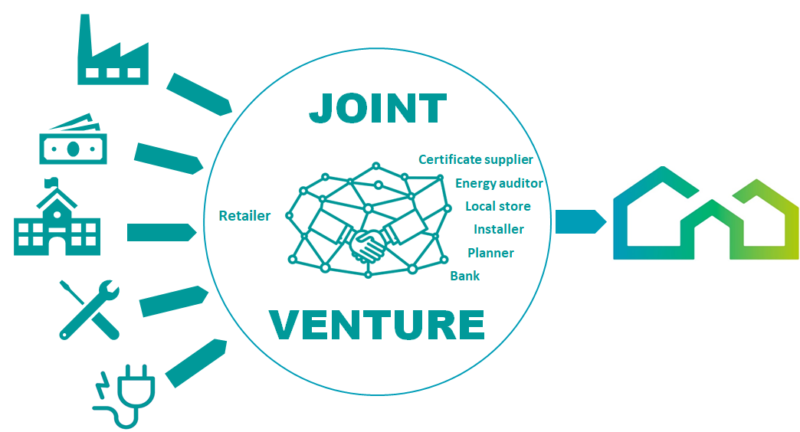[ad_1]
International freight going between Canada, the United States, and Mexico has always been a tricky situation for many drivers. Regardless of what you think about the increased ease of drivers from international locations bringing loads into the United States, it is legal and an increasingly common practice.
Drivers with a current and valid CDL from Canada or Mexico are not required to obtain a CDL within the United States unless they are moving to the United States to live. In that case they would apply for the appropriate state CDL in which they are establishing residence. In some specific situations and based on state laws a nonresident may apply for a USA CDL as a nonresident or nondomicle CDL. Most states put restrictions on these types of nonresident CDLs and typically exclude some endorsements such as hazardous material transport. Texas, for examples, offers nonresidents a temporary, 60 day nonresident CDL that cannot be renewed and cannot include a hazardous material endorsement.
The most important thing that international CDL drivers have to keep in mind, which is the same as US CDL holders driving outside of the USA, is that the rules for licensing and driving are based on the country you are in, not the country that issued your CDL. Canada, Mexico and the United States all have their own set of requirements for CDL but once you have that license it is valid in the United States provided it is not revoked or otherwise invalid in the country of issue.
Paperwork Please
All drivers entering the United States with commercial cargo have to have an International Carrier Bond. This bond is issued from an approved and certified company that basically insures you as transporter of goods into and through the United States. There is a form that must be completed as well as fees that are paid in advance and then the bond is on file with the border crossing that you use the most often. You can opt to pay a yearly fee for border crossing and simply display a decal in your window to expedite this process.
If you frequently cross the border into the United States you can take additional programs and be approved to use specific lanes when going through the border. This is known as the FAST or Free and Secure Trade program and allows you to have access to those fast clearance lanes.
The importer or shipper has to also notify U.S Customs and Border Protection, typically through the brokerage firm, that the load is coming through or have the required documentation to clear customs. This may be in the form of a power of attorney or a broker’s license.
Depending on the type of load you are carrying you may also be required to provide to the U.S. Customs and Border Protection at your point of entry one or more of the following:
Bill of sale
Commercial invoice
Declaration of unaccompanied articles
Proof of Bond
Cargo manifest accurately and fully completed
Your travel documents including a valid commercial driver’s license, passport or FAST card
It is important to make sure all documents are provided, as required by U.S. Customs and Border Protection regulations, in electronic form in advance of your arrival. With some loads you may also be required to create a label barcode and submit this information within a specific timeframe of your arrival.
Loads that arrive at the border without the correct advanced notice or without the right paperwork can be denied entry or significantly delayed until documentation is provided. Monetary fines are also common when this occurs.
Additionally the Federal Motor Carriers Safety Administration requires that all carriers and brokers must be registered with the FMCA. Mexican truckers will need a MX number in addition to the Operating Authority and the USDOT number. Canadian rules and regulations are based on a provincial or territorial basis but all CDLs in both Canada and the United States are considered fully reciprocal. In addition Canadian trucks with a combined gross vehicle weight of 26,001 pounds coming into the United States must be registered with the International Registration Plan (IRP).
Your Load Is Your Responsibility
The load that you are hauling into the United States is your full responsibility with regards to legality of the contents of your truck and trailer. It is important to know exactly what is in your truck and what endorsements that you have to have in the various areas you are delivering to and through.
U.S Customs and Border Protection considers the load the responsibility of the driver until it is delivered to the intended location or end destination. This responsibility or liability cannot be waived or removed and the trucker will ultimately be responsible for ensuring all documentation, information and required approvals are obtained prior to arriving at the port of entry.
In most situations the carrier will ensure all documentation is in order and provided in advance, but if you are an owner-operator it is important to research and review any possible concerns or issues with either the paperwork or the load. The government website for FMCSA as well as U.S. Customs and Border Protection provides concise information that addresses the most common questions, plus you can always contact them personally by phone or email to clarify any areas of possible confusion.
[ad_2]
Source by Ryan Grifford


/JointVenture_397540_final_2-1eee631af3444e9ea3019ebbb6c890e9.png)










